It feels almost odd to say that this is Adam Wiltzie’s solo debut album; Wiltzie has been working in various groups for over thirty years, groups with which he’s amassed a pretty large catalog, but one that was lacking his very own solo creation.
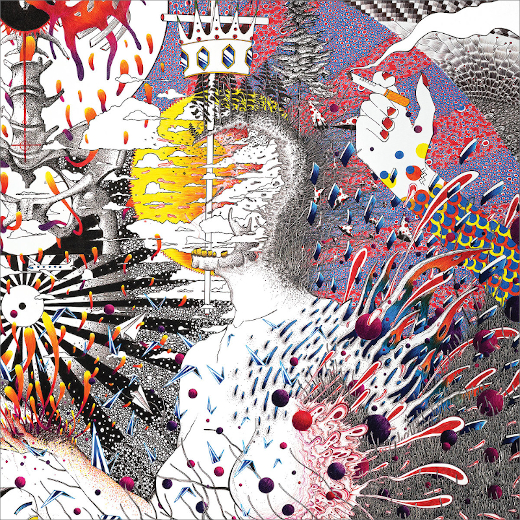
Spatiality; very much a point of strength
It feels almost odd to say that this is Adam Wiltzie’s solo debut album; Wiltzie has been working in various groups for over thirty years, groups with which he’s amassed a pretty large catalog, but one that was lacking his very own solo creation. Certainly, you would not need to listen to a solo Adam Wiltzie album to get a grasp of the guy’s style, a style that I find to be so recognizable that I’ve grown to love a big deal of anything Wiltzie related: there’s something about the spaciousness that he always manages to give to what he contributes to, something that immediately flicks a switch in my brian that tells me that’s Wiltzie.
In any of the groups he’s been taking part in, the two of which you may be most familiar with being Stars of the Lid and what seems to have been the focus of his more recent output with A Winged Victory for the Sullen, it’s always clear what and where Wiltzie’s input is, and with Eleven Fugues for Sodium Pentothal said input is very much the star of the show, given that only his input is here; obviously, it’s not like Wiltzie is playing an entire orchestra by himself, but when it comes to the compositions it’s all his work.
The spatiality I mentioned earlier is very much a point of strength of this album. It’s apparent right from the get go, in the wonderful opening track; “Buried at Westwood Memorial Park, in an Unmarked Grave, to the Left of Walter Matthau,” a track whose title would have you think is dedicated or at least inherent to George C. Scott, opens up with an echoing thud and some haunting ambience, already setting up the stage for an open soundscape. This piece is not nearly as eerie as its first moments would lead you to believe, if anything it’s rather sweet, bittersweet at that; after settling a bit of atmosphere, strings come in sweeping very slowly and never settling down, filling up the track’s originally thin ambience. As it goes, the piece strips down all the ambience it’s layered, leaving just the strings at play to eventually make even those dissipate; this is my favorite moment of this track, as you get a fantastic moment of quiet in the middle, one that is rather intimate.
From there, the piece swells up once again, though in a much more colorful and dynamic fashion; whereas the first half was rather static and melancholic, the second time the piece grows it does so much quicker, and with the wonderful added guitar it becomes seriously beautiful; this guitar has a really amazing tone, one that I’d call golden thanks to how smooth and shiny it sounds. This second half being far more dynamic brings the piece to a really fulfilling moment, one that works so well thanks to how shyly the piece began.
Backed up by another texture ::
Then follows “Tissue of Lies,” of which I love the opening drone; it buzzes rather intensely, though with how far back it is it’s almost as if it was actually light and pleasant. The guitar happens to be the star of the show in this tune as well, as this initial ambience bursts with its sudden entrance; it’s not to be thought of as disruptive though, as again its wonderfully pleasant timbre makes it fit smoothly. I also love how it’s backed up by another texture, one that I’m not sure of where it may come from, it could be just another guitar; this tone is not harmonizing with the lead of the track, and if anything it’s far more psychedelic than anything else presented, making the piece even more mellow than it already is. The track does end a bit roughly, with the last minute being occupied by a rather uneasy drone, one that doesn’t really follow the direction of the piece, so the ending does leave my mouth a bit dry.
This is a reoccurring idea with the next two tracks, “Pelagic Swell” and “Stock Horror,” which I do think end a bit lazily as well; the former has a pretty unnerving opening, with strings sounding really stiff and slightly dissonant, creating again a bittersweet atmosphere. The piece grows and shrinks in volume, but then ends off with a rather short phrase that doesn’t tell me much, it’s almost as if it was inconclusive, as if instead of wrapping up the piece it was waiting to be followed by something.
“Stock Horror” also feels a little cobbled together, as it last portion is made up of textures adjacent to dark ambient and rattling noise that don’t really fit with the rest of the track. I can’t even say they provide a contrast, because the transition into this unnerving ambient part is rather smooth, so it’s like a segue that doesn’t quite fit. The rest of this tune is pretty great though, featuring one of the better climaxes of any tracks, one that is more pleasant than it is breathtaking and works to great effect.
Even though I may not like “Stock Horror'”s ending that much, I do have to say that it sets up my favorite moment on the entire record. By comparison, “Dim Hopes,” the track that follows, works incredibly well; this piece I’m absolutely enamored with, a track whose title describes it far better than I could, as it seriously brings a bright light back after the gloomy atmosphere “Stock Horror” left you with. Being the centerpiece of this LP, it’s also one that helps the album’s second half thanks to the momentum it generates with its brief explosiveness. This cut opens up quietly with an ambient section, over which a wonderful glockenspiel is added; I really love the chord progression that this glockenspiel follows, it’s as if you can tell it’s building up, but it does so in such a subtle way that it leaves you wondering if it’s just a pleasant passage or if it’s actually leading to something bigger. Various swells in the background hint at this second option, but it isn’t until one of them completely fills up the mix that you now realize where the track was headed all along. The way this piece hints so subtly at this climax is fantastic, but the climax itself is of course the most gratifying part, an absolutely breathtaking moment, my favorite on the whole album.
“As Above Perhaps So Below” follows a similar trajectory, though it’s not the only time on the LP where a piece seems to be a reprise of another, as the closing “(Don’t Go Back To) Boogerville” calls back to “Pelagic Swell'”s opening. “As Above Perhaps So Below” doesn’t work solely because it utilizes the same trick as its preceeding piece, as it also features some of my favorite string sections, which dominate the second half.
“Mexican Helium” is yet another highlight, a track that feels in line with a lot of the more polished Stars of the Lid works. It’s a really beautiful and serene drone, one that works really well after the two previous tracks, which are more intense.
Tailing off the LP are two also solid tracks, with “We Were Vapourised” featuring a blend of various atmospheres found throughout the album, while the aforementioned closer ends things off nicely thanks to its familiar feel, capturing the album’s bittersweet mood rather effectively.
I think Eleven Fugues for Sodium Pentothal won’t be a shocker for any Adam Wiltzie fan; it proves yet again how incredibly consistent his output has been throughout his entire career, as it showcases what he does best and has always been doing.
Wiltzie is one of those artists you should be interested in because you know he can offer a certain type of music done very well; he’s not a jack of all trades, one from which you should expect some incredibly innovative and zany avant-garde projects, instead he’s constantly impressing thanks to how he always seem to be refining his shtick. And even if I wasn’t crazy about some of the compositions, Eleven Fugues for Sodium Pentothal is further proof of Wiltzie’s consistency.
Eleven Fugues For Sodium Pentothal is available on Kranky. [Bandcamp]






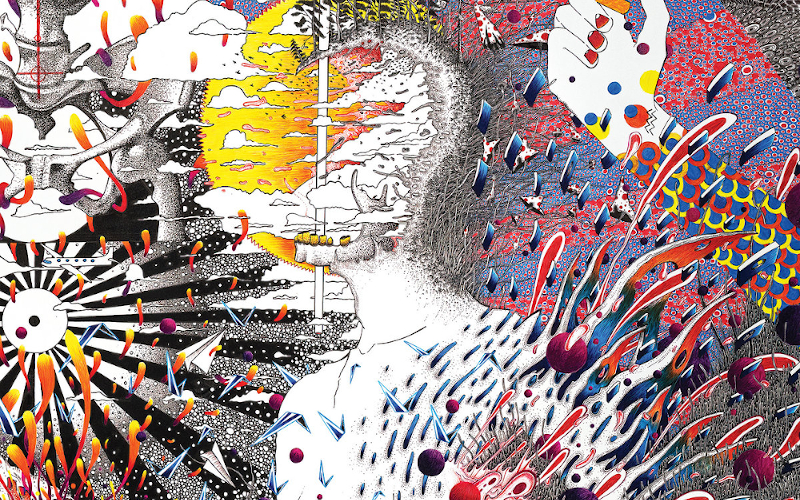
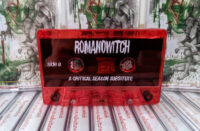
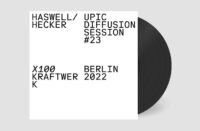
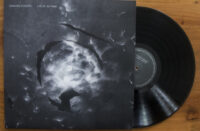
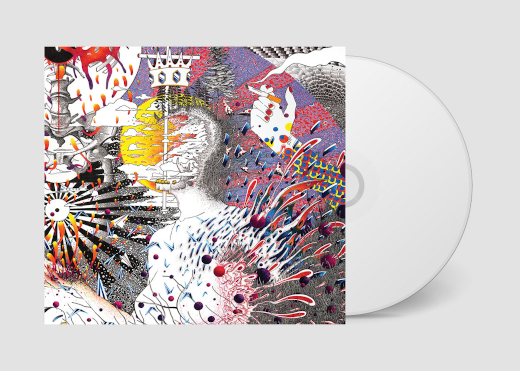

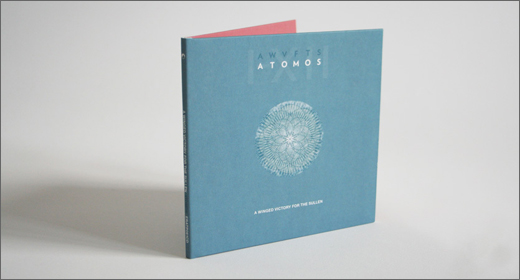
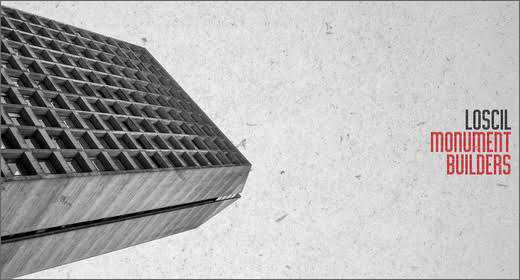

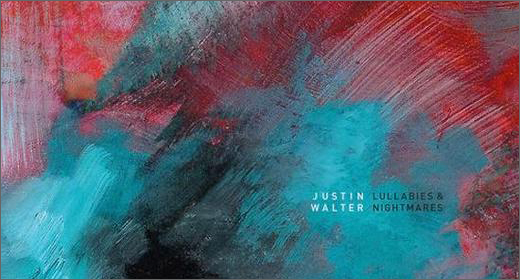
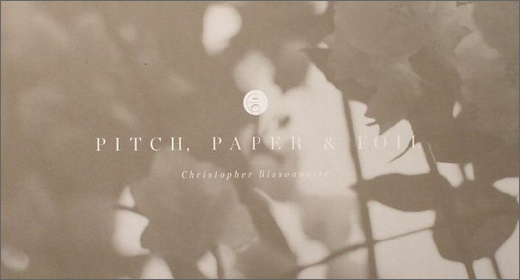


![Romanowitch :: A critical season substitute (glitch.cool) — [concise]](https://igloomag.com/wp/wp-content/uploads/2025/03/romanowitch-a-critical-season-substitute_tape_feat-75x75.jpg)








